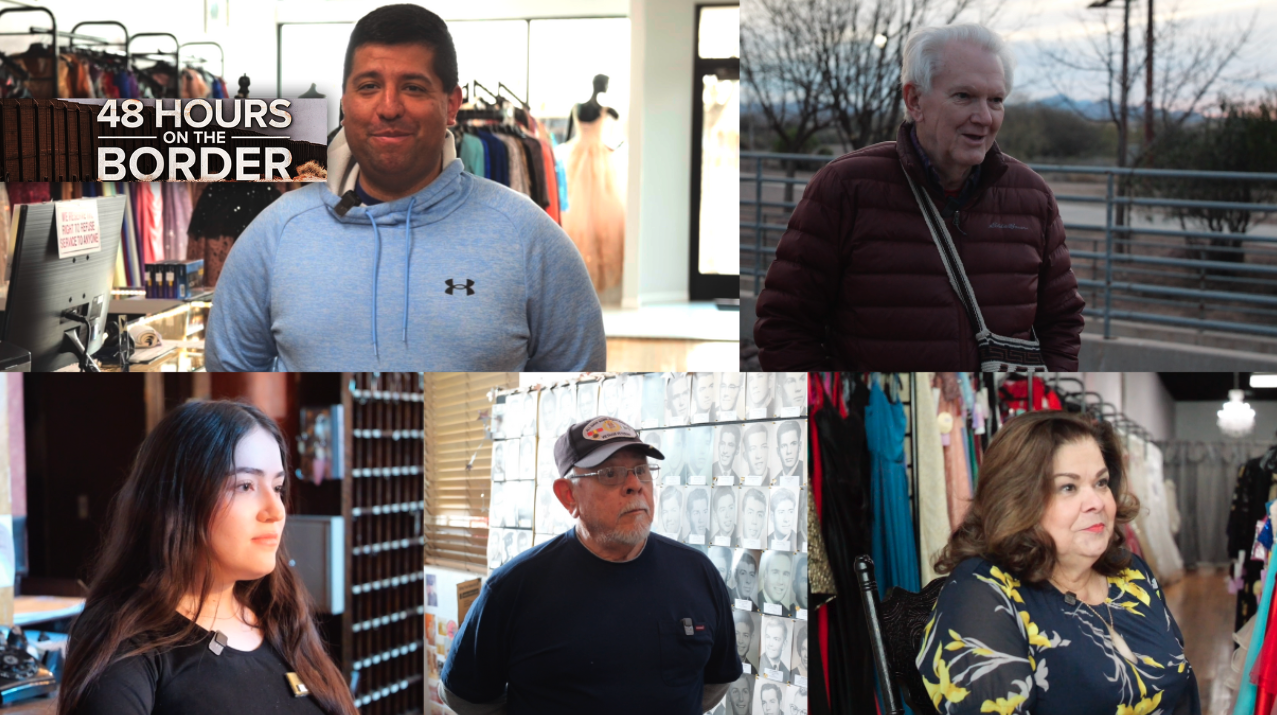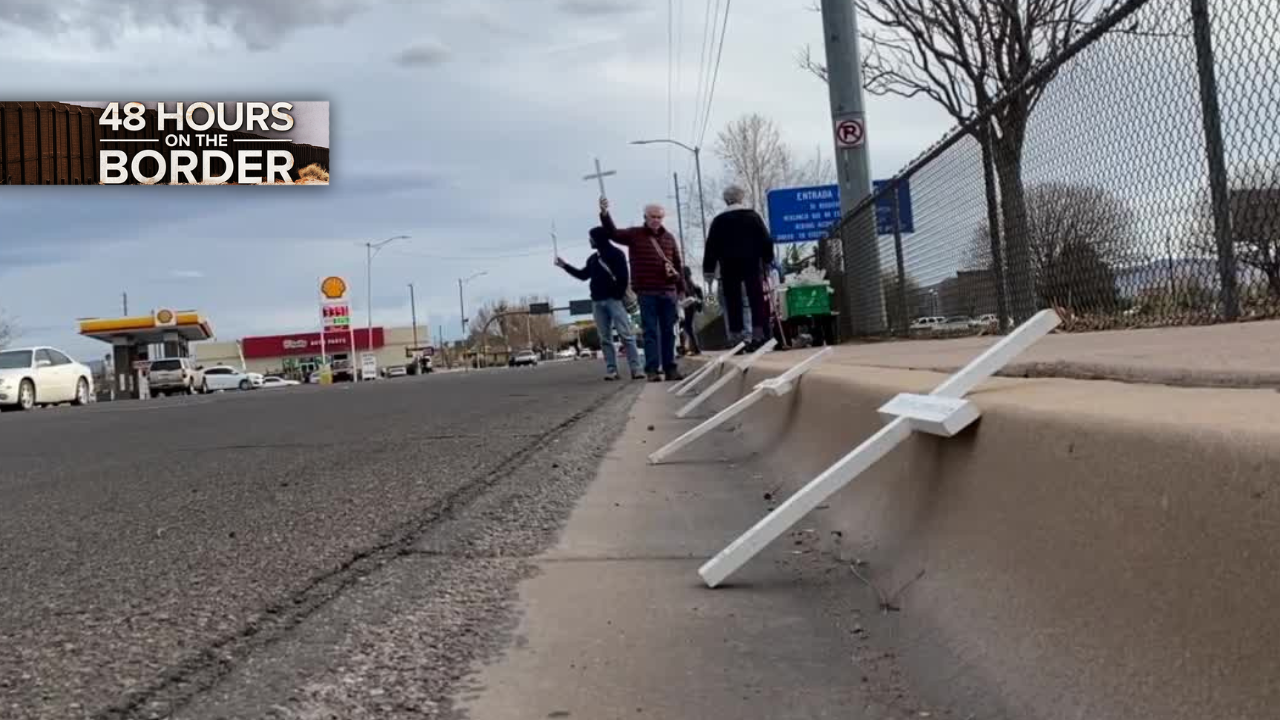YUMA. AZ — Getting an education in Yuma can look much different than in other parts of Arizona. You will find hundreds of students who cross the border daily to get to school.
"Many people here at the border do it every single day - from little kids to adults," said Diana Sanchez, a student at Arizona Western College.
At just nine years old, Sanchez learned that crossing the border is a way of life.
"A 15-minute walk could turn into a 30-minute walk because you're getting exhausted," said Sanchez.
She was born in the U.S. but lives in Mexico and has walked to school through the San Luis Port of Entry since the fourth grade. She has noticed many things change in recent months, including what she says are stricter screenings.
"You never know if you're going to get a secondary revision or, maybe, they're using the K9, so that takes a lot of time," said Sanchez.
She told ABC15 that cartel violence also seems to be increasing on Mexico's side of the order.
"I miss, that years before, we didn't have that, and now we do. There [are] shootings all the time," said Sanchez.









Now, she has a car and tries to block out the noise as she drives back and forth across the border to obtain a higher education.
"Learning English will be my opportunity to work here," said Sanchez.
Arizona Western College has its main campus in Yuma. They also have a learning center in San Luis, just three miles from the port. It is a smaller, more convenient option for transborder students. However, making it to class can be difficult, no matter the mode of transportation.
Many people walk to the port of entry, which could be several miles, and then it's a waiting game once they get there. There is no telling how long it could take, sometimes several hours, making it one of their biggest challenges.
"I'm always stressed about it. 'How's the line going to be tomorrow? How's the line going to be today?'" said Iviana Rodriguez, a student at Arizona Western College.
Rodriguez started going to AWC full-time during the fall semester. She lives in Mexico, about 30 minutes away from the port.
"The lines walking have been horrible. They have been, like, 40 minutes to an hour and a half and you're standing up. So, you have to be alert, and you have to be looking at your surroundings," said Rodriguez.
Once across, many take a taxi or shuttle to school and back, but those can be unreliable.
Latest 48 Hours on the Border coverage:
Despite border challenges, Yuma relies on migrants to power agriculture industry New border policies lead to major decrease in illegal border crossings in Yuma Rep. Juan Ciscomani gives Congressional colleagues a tour of border issues 500 troops deployed to Fort Huachuca in support of Southern Border mission Arizona border residents react to President Trump’s executive orders"I would get so scared and intimidated by the driver and they sometimes would ask me weird questions like, 'Why would you take this class?' Or, 'Do you live alone?'" said Rodriguez.
Rodriguez's grandfather recently offered up his car, which she will use on two of her three school days. Although she feels safer driving, there is a lot more planning involved.
"I just wake up, brush my teeth and change, leave. So, that's like 5 am, and then if the line is long, I'll do a minimum of two hours," said Rodriguez.
Depending on the day, Rodriguez may not return home for nearly 12 hours. Then, it's time to eat dinner, sleep, and repeat. That is a common theme for students at AWC.
"That is tough; that's exhausting," said Omar Heredia, advising and student services coordinator at AWC's San Luis Learning Center.
Heredia said that's why they are mindful when scheduling classes.
"Let's find you one from 8:00 to 9:00 a.m. and another one from 9:30 to 10:30 a.m. Then, that last one, from 12:00 to 1:00 pm, and that way, you're crossing the border. Once you've taken on your three classes, you have time to go to tutoring," said Heredia.
Arizona Western College offers many other resources to help students overcome barriers, including hybrid classes, free bus services, childcare, and general support.
"They want you to participate; They want you to be involved. And I really like that because I wouldn't go for it if they didn't push me to it," said Rodriguez.
Rodriguez is the first in her family to go to college and dreams of becoming a physical therapist. Sanchez is still trying to figure out her career path, but she is working part-time as a substitute teacher in addition to her academics.
"There are a lot of complications that come my way, but I'm still here. I'm at my college and I have, what I would say is, a very good job. So, I am very proud of myself and my parents," said Sanchez.




